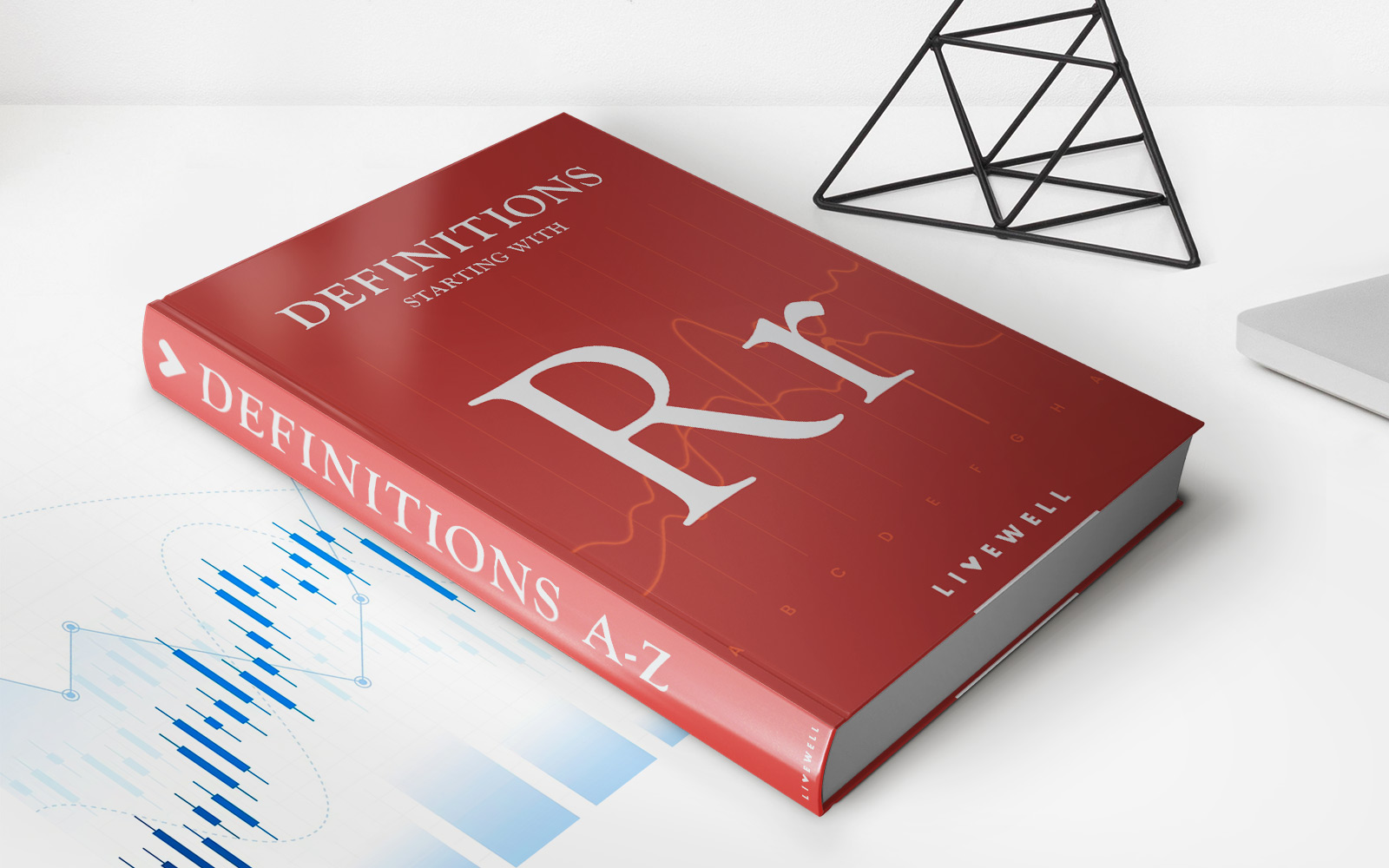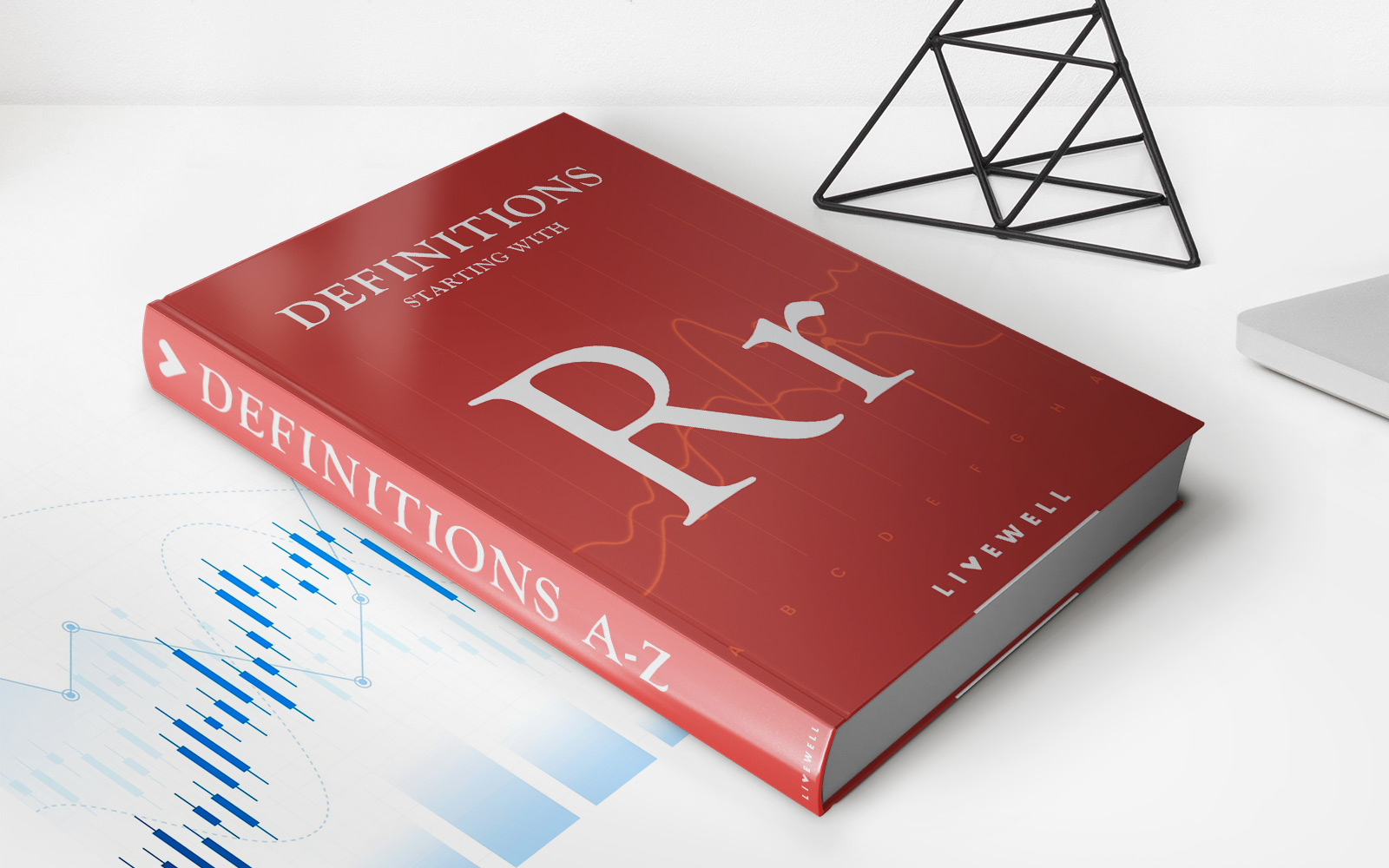

Finance
Reinvestment Rate: Definition, Example, Risk
Published: January 18, 2024
Discover the definition and example of reinvestment rate in finance, along with the associated risks. Enhance your understanding of finance with this comprehensive guide.
(Many of the links in this article redirect to a specific reviewed product. Your purchase of these products through affiliate links helps to generate commission for LiveWell, at no extra cost. Learn more)
Understanding Reinvestment Rate
Welcome to our Finance category, where we dive deep into various financial concepts to help you navigate the world of money. Today, we will be discussing the concept of reinvestment rate. If you’ve ever wondered what reinvestment rate is, how it works, and the risks associated with it, you’ve come to the right place.
Key Takeaways:
- Reinvestment rate refers to the rate of return earned on the proceeds from an investment when they are reinvested.
- A higher reinvestment rate can lead to greater total returns over time.
What is Reinvestment Rate?
Reinvestment rate, in simple terms, is the rate at which the cash flows generated from an investment are reinvested in order to earn additional returns. When you invest your money, whether in stocks, bonds, or other financial instruments, you expect to receive a return on your investment. However, it’s important to consider what you do with those returns once you receive them.
Let’s illustrate this with an example. Imagine you have invested $10,000 in a mutual fund that generates a 10% return annually. At the end of the first year, you would have earned $1,000 in returns. The reinvestment rate comes into play when you decide whether to reinvest that $1,000 back into the same mutual fund or to invest it elsewhere.
The Importance of Reinvestment Rate
The reinvestment rate is crucial because it determines the future growth of your investment. By reinvesting your returns, you allow your money to compound over time, leading to exponential growth. The power of compounding enables you to earn returns not only on your initial investment but also on the returns generated by that investment. This compounding effect can significantly increase your wealth over the long run.
Additionally, a higher reinvestment rate can lead to greater total returns over time. By reinvesting at a higher rate, you are capitalizing on opportunities to earn more returns, boosting the overall performance of your investment portfolio.
The Risks of Reinvestment Rate
While a higher reinvestment rate can be beneficial, it is important to consider the risks involved. The investment landscape is dynamic, and market conditions can change rapidly. If you choose to reinvest your returns in a specific investment, you are subject to the risks associated with that investment. These risks may include market volatility, economic factors, and industry-specific risks.
Furthermore, the reinvestment rate may also be affected by factors such as taxes and transaction costs. It’s important to carefully evaluate these factors and consider the potential impact they may have on your overall investment strategy.
Conclusion
The reinvestment rate is a fundamental concept in the world of finance. By understanding and effectively managing your reinvestment rate, you can maximize the growth potential of your investments. Remember to carefully assess the risks involved and consider seeking the guidance of a financial professional to make informed decisions that align with your individual financial goals.
Thank you for reading our blog post on reinvestment rate. We hope you found this information valuable. Stay tuned for more informative articles in our Finance category!














